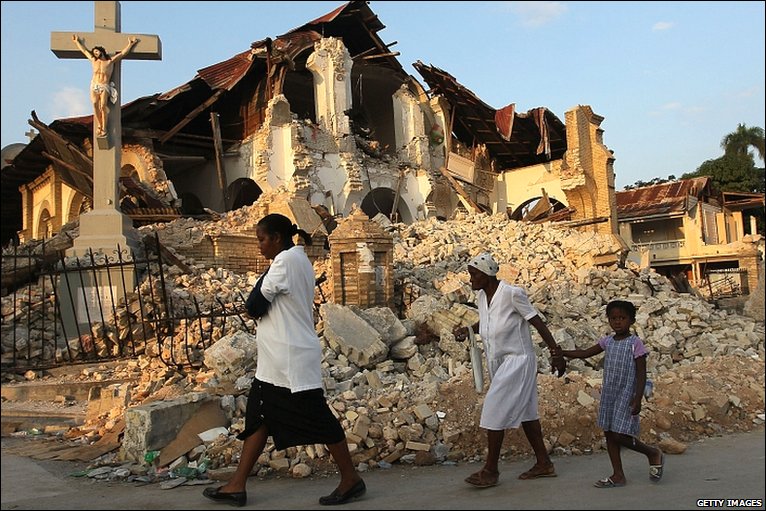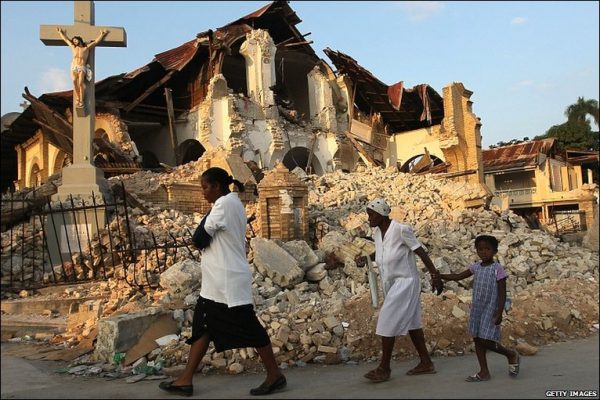Have You Ever Heard Of Disaster Tourism?
Ever wondered why people would travel distances to see ruins or sites of natural disaster that caused major damage to lives and properties or drastic changes to the environment? This form of tourism is considered as dark tourism called Disaster Tourism. The term is not common in our tourism industry but most travellers indulge in it unknowingly.
Disaster tourism is defined as the practice of visiting places where environmental disasters occurred; which could be natural or man-made disasters. The product of the disaster becomes the fuel for tourism that pulls tourists in, either for educational/historical/cultural purposes, to satisfy their curiosity or to honour someone they knew who was affected by that tragedy. Disaster Tourism is the reason people want Sambisa Forest to become a tourist site, a monument to the war against Boko Haram.
Most Nigerians are squeamish about visiting war-torn places. They feel uncomfortable going to places like Somalia or Afghanistan just to see the devastation or ravages of war on that country. These days, even visiting Maiduguri is done under advisement but a few bold persons still go there for sight-seeing or journalistic reporting.
For risk-averse tourists interested in disaster tourism in Nigeria, there are other parts of the country that is worth visiting. E.g. Surame, the ruins of the Old Kebbi kingdom & Akalawa, the ruins of the Gobir Kingdom both in Sokoto State. You can also see the ruins of the Old Oyo Empire at the Old Oyo National Park or Kiyawa City walls, a ruin found in Zamfara state. These ruins are products of war-related, man-made disasters and carbon-dating dates most ruins in Nigeria to the pre-colonial era of civilisation and have cultural significance.
Some disaster sites have memorials/monuments built in their honour like the Hiroshima Peace Museum in Japan or Ground Zero in America. These structures can be architectural landmarks, political statements or built for educational purposes. For some people, the trip there is one of duty, a chance to honour the lives lost by that event.
Nigerian tourists will get interested in Disaster Tourism when architectural landmarks/monuments are created in honour of lives lost to natural disasters like the overflow of River Niger in Bayelsa and Kogi State; to lives lost to man-made disasters like the victims of Sosoliso air crash or the lives of soldiers and civilians lost in the war against Boko Haram.
One of the benefits of encouraging disaster tourism is that it helps people mourning to find closure. It is also a great way to inject funds into the affected community which can help them rebuild. Just having tourists around give members of the community something else to focus on besides the history of the disaster that altered their way of life. Disaster tourism helps people see the resilience of human beings in the face of adversity and paints a multi-faceted picture of that location to the world.
This is one form of tourism we hope to see bloom in Nigeria.
Featured image source: BBC


